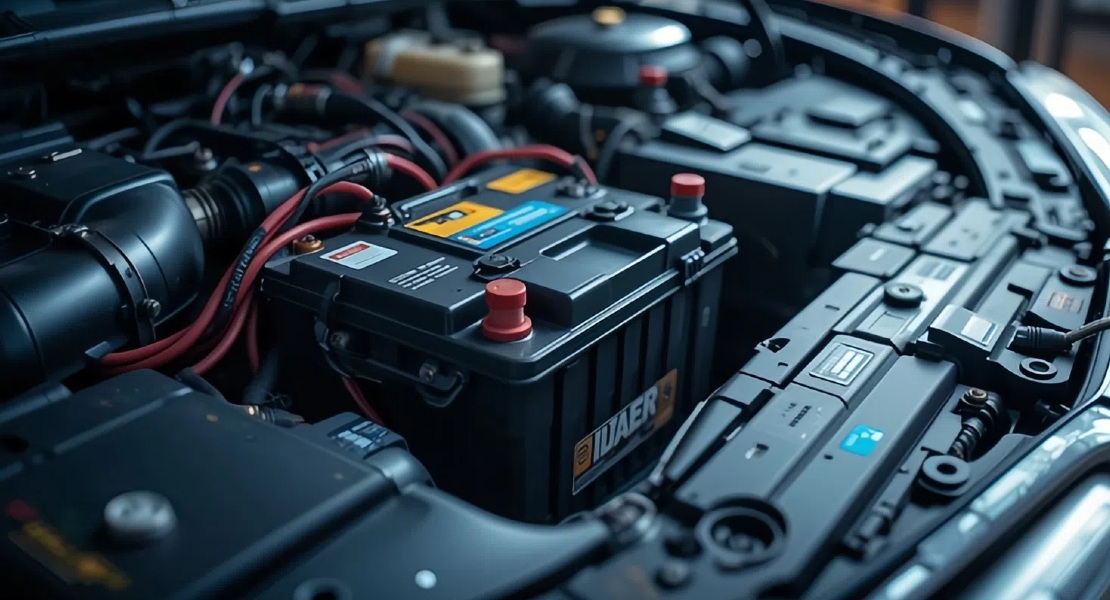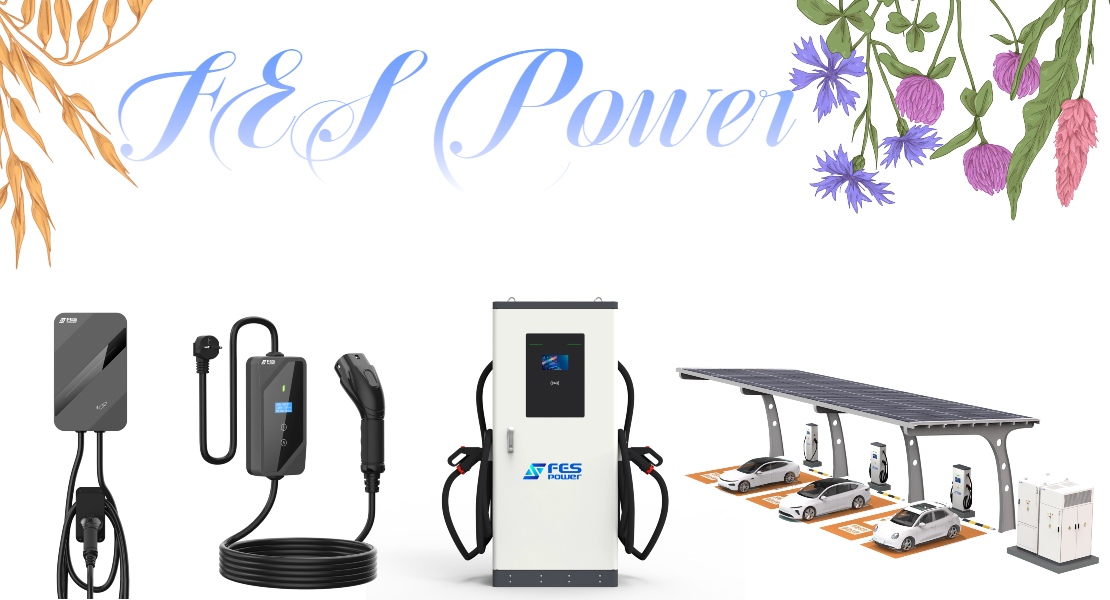- Call Us : +86-15060765919
- Mail Us : bella@fespower.cn
As global EV adoption accelerates, industry players are seeking more efficient ways to power vehicles. Alongside the rapid expansion of DC fast charging, battery swapping is gaining attention as a complementary solution, particularly in fleet operations such as taxis, logistics, and buses.
According to the latest industry data, China’s EV charging infrastructure reached 16.7 million units by July 2025, with public fast charging accounting for much of the growth. Yet, utilization rates remain a challenge, and operators continue to search for models that balance efficiency and cost. Battery swapping offers unique advantages: minutes to recharge, centralized battery management, and peak-valley electricity savings.
However, analysts note that barriers such as lack of standardization, high station investment, and compatibility issues mean swapping is unlikely to replace fast charging. Instead, experts see it becoming an important supplementary model, especially for fleets with intensive operations and fixed routes.
At FES Power, we are aligning with this trend by offering a full portfolio of solutions that integrate with both charging and swapping ecosystems:
Portable Chargers (3.5–7kW) for emergency flexibility
Wallbox Chargers (7–22kW) for daily fleet operations
DC Fast Chargers (120–160kW) to ensure rapid fleet turnaround
Solar-Storage Ultra-Fast Chargers (150–480kW) to reduce grid costs and boost sustainability
Mobile Power Units (46–60kW) for on-demand charging

With the charging industry expected to grow at over 20% CAGR globally through 2034, combining fast charging with battery swapping could be key to building a resilient and scalable EV energy ecosystem.
👉 FES Power remains committed to delivering reliable, innovative, and integrated solutions for the future of mobility.https://www.fescharging.com/